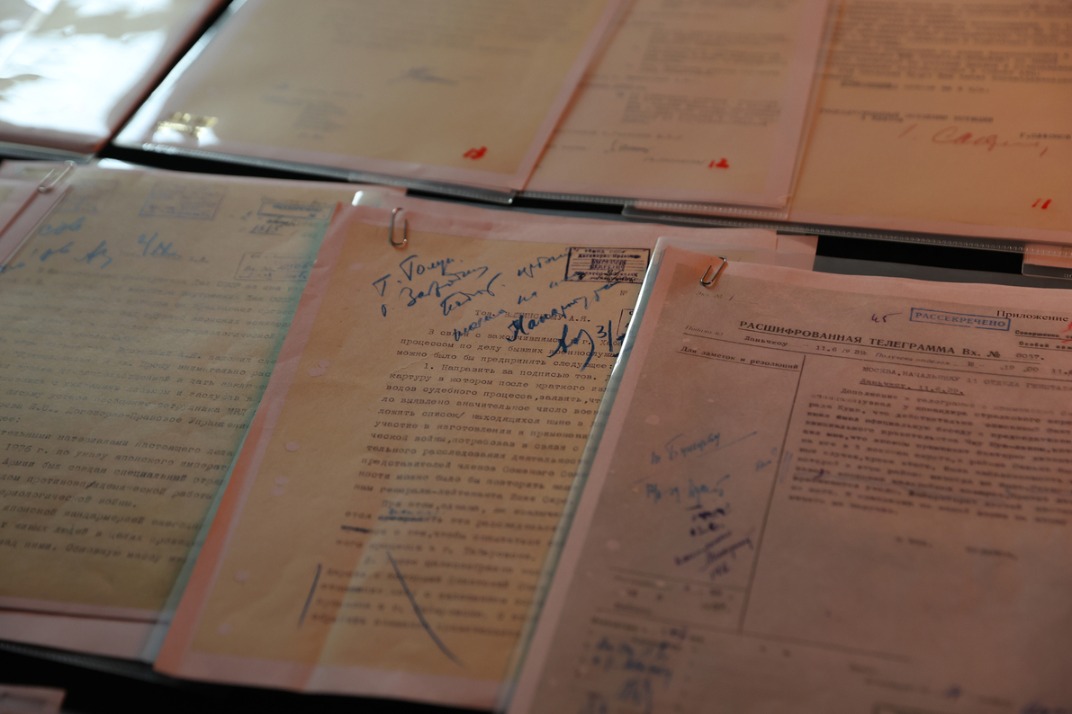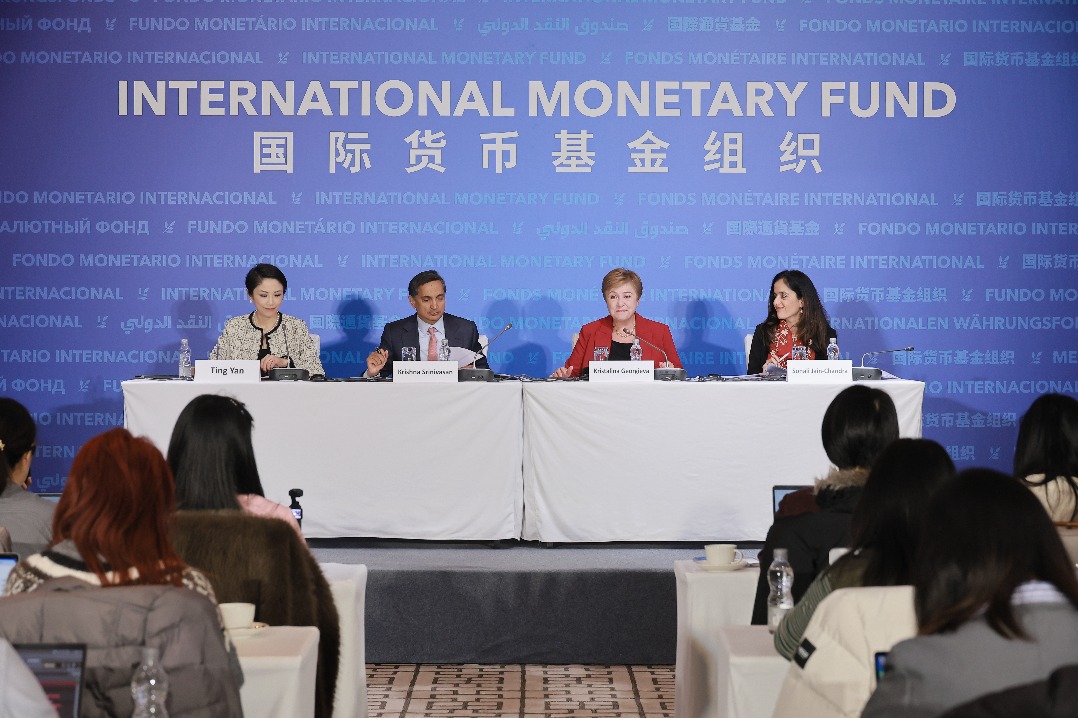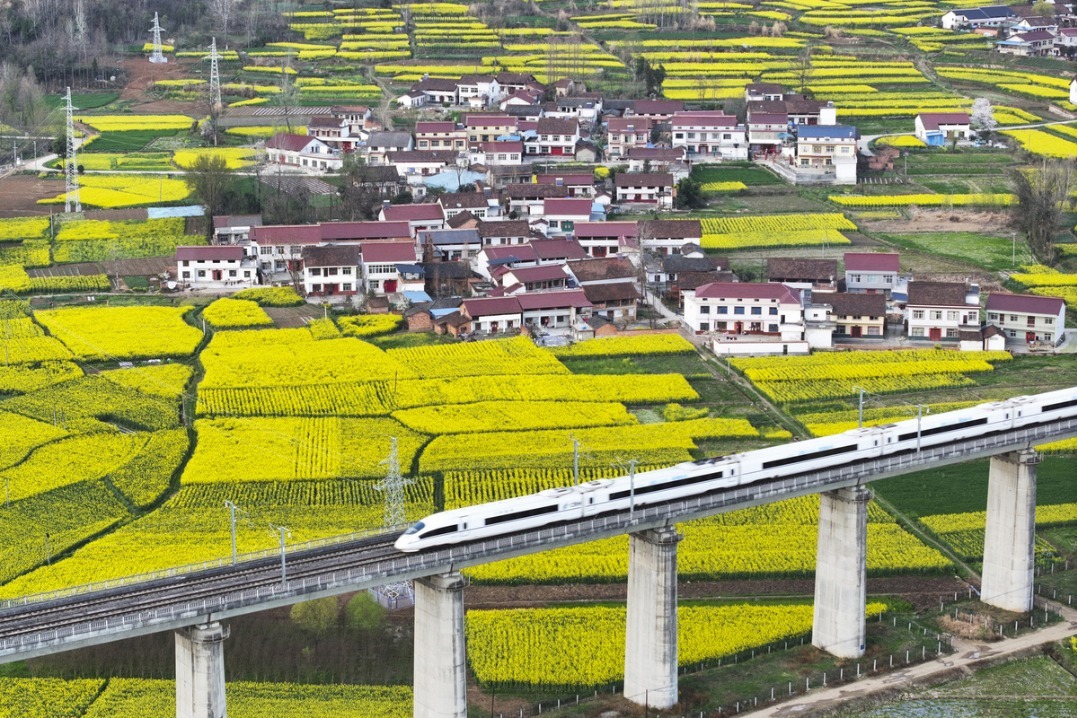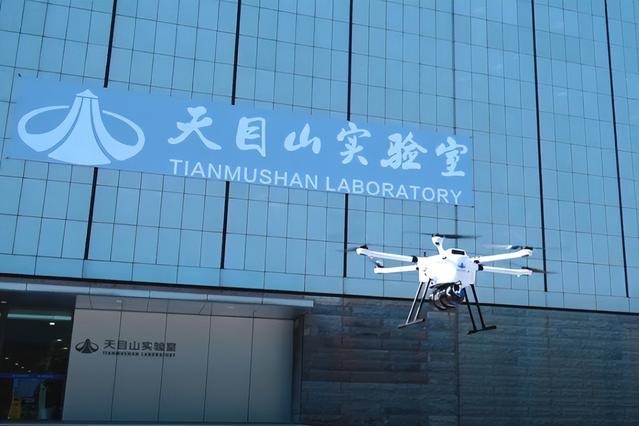French Open retains its human touch
Roland Garros continues to eschew touchline technology, and players think that's a bad call

For Novak Djokovic, this is a relatively easy call: He, like many players, thinks the French Open is making a mistake by eschewing the electronic line-calling used at most big tennis tournaments, instead choosing to remain "old school" by letting line judges decide whether serves, or other shots, land in or out.
Plenty of sports, from soccer and baseball to the NFL, are replacing, or at least helping, officials with some form of high-tech assistance, like replays or sensors.
Tennis, too, is following that trend — except at Roland Garros, where the French Open is currently underway and runs until June 8.
Even the longest-running and most tradition-bound of the majors, Wimbledon is bucking its stuffy reputation and abandoning line judges in favor of an automatic system this year.
The WTA and ATP added machine-generated rulings this season for tour events on red clay, the surface at the French Open.
However, Grand Slam hosts can do what they want, and the French tennis federation is intent on keeping the human element.
Djokovic, the 24-time major champion who won his first-round match in Paris on Tuesday, understands why folks might prefer to keep things the way they were for more than a century in his sport.
He gets why there could be an inclination to shy away from too much change in a world now drowning in cell phones, streaming, social media and AI.
"You don't want to give everything away to technology, right? But, if I have to choose between the two, I'm more of a proponent of technology. It's just more accurate, saves time, and (means) fewer people on the court," said Djokovic, 38, who was disqualified from the 2020 US Open for inadvertently hitting an official with a ball out of frustration between games.
That edition of the tournament in New York only placed line judges on its two largest courts, while others used an electronic setup, a nod to COVID-19 pandemic precautionary measures.
The Australian Open got rid of all line judges in 2021, a first at a tennis major; the US Open did the same later that year.
The French Open remains a holdout, and that's not likely to change anytime soon.
"Unless the players are unanimous and come to us and say 'we won't play if there isn't a machine', then I think we've got a great future ahead of us to maintain this style of refereeing," French federation president Gilles Moretton said, while boasting of the quality of his country's officials.
Players don't sound that adamant, although they tend to echo the opinion of 21-year-old 2023 US Open champion Coco Gauff: "I mean, I don't know if it's, like, the Gen Z in me, but I think if we have the technology, we should use it."
Still, there is some charm to be found in the choreography of players insisting a call was wrong and chair umpires climbing down for a closer look at a ball mark on the clay. Watch a day of TV coverage from Paris and the odds are good that dance will take place — probably more than once.
"That's what makes clay special, in a way — that you can always review the shots," said Stefanos Tsitsipas, the runner-up to Djokovic at Roland Garros four years ago.
Obviously, you can't deny that electronic line-calling is the future, and everything is moving toward artificial intelligence, the Greek said.
"But, me, personally, I wouldn't mind playing on clay with maybe the judgment of a human instead of a robot."
No matter the form of officiating, there are invariably times when athletes — perhaps eyesight or faith strained by heat-of-the-moment tension and an eagerness to be correct — just won't agree with a call.
That, in turn, can lead to extended arguments and, sometimes, scenes similar to those seen recently: A player grabbing a cell phone from the sideline to snap a photo of a mark in the clay in a bid to prove, and win, a point.
Aryna Sabalenka, a three-time Slam champ and women's world No 1, and Alexander Zverev, a three-time major finalist, did just that, though they weren't the first.
Back at the 2013 French Open, Sergiy Stakhovsky put down his racket and took a picture of where a ball had landed during a loss to Richard Gasquet.
Stakhovsky said at the time that he'd done it before.
"Linespeople mess up sometimes," said 2023 Australian Open semifinalist Tommy Paul.
"Automatic line-calling is going to mess up probably less."
Agencies via Xinhua
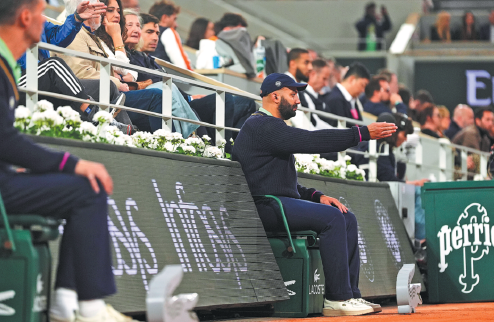
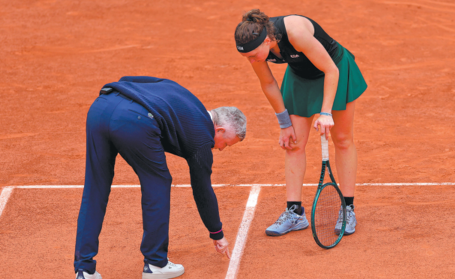
Today's Top News
- Philippines' provocations will avail it nothing: China Daily editorial
- China steps up financial support to spur consumption
- China marks milestone in developing complex deepwater oil and gas reservoirs
- China remembers victims of Nanjing Massacre, 88 years on
- New plan will be a road map for a stronger future
- Taiwan's character of the year a vote against confrontation

















